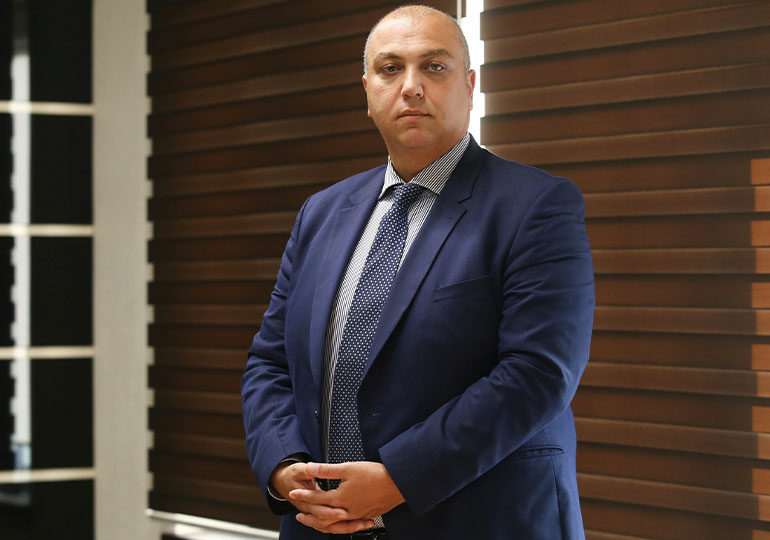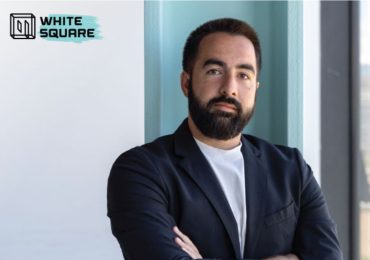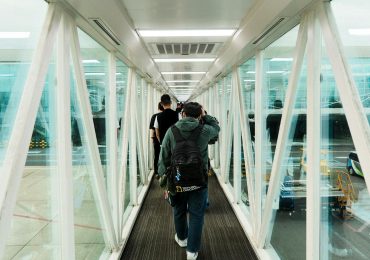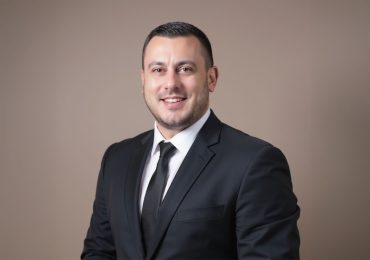Named “Project of the Century”, the large-scale infrastructure works on the Rikoti Pass are underway with a budget of up to 2.6 billion GEL. The project is largely funded by international financial institutions, although the state budget contribution is around 18%. This section will be an important part of the East-West International Highway E60 and the main part connecting East and West of Georgia, halving the travel time. The speed limit on the Rikoti, which is currently 60 km/h, will be doubled on some sections once all four sections are completed. Drivers will be able to benefit from this opportunity in about two years, as the final date for the completion of the construction has been set to 2023. This is not the only part of Georgian highways that are being restructured or planned. The Government of Georgia has planned the construction of 760 km of highways in the framework of the 10-year plan, of which 219 km have already been built and current works are underway on 118 km. Irakli Karseladze, Minister of Regional Development and Infrastructure talked to Forbes Infrastructure on Georgia’s infrastructure projects and its main challenges.
Mr. Minister, building a total of 51.6 km of road on Rikoti Pass is planned, including 96 bridges and 53 tunnels. Initially, it was calculated that the works should have been completed by 2020. Since then, the deadline for the completion of works was postponed and according to the latest data, we know that it should be completed by 2023. What hindered the process and what is the current situation of the works?
In 2018, when I first came to the ministry, I immediately said that it was overly optimistic to calculate that the completion of the Rikoti section would be feasible by 2020. There are a number of issues that, due to common practice, take more time. We are indeed talking about a project of the century, both in its scale and content, as well as the technological and engineering solutions that are being deployed. Obstructive factors in this case were mandatory procedures, including the resettlement problems, along with many other challenges. However, we have made tremendous progress. As of today, work is underway on 47 tunnels and 71 bridges. This project is loaded with artificial buildings, which results in the road of international standards: a four-lane highway with all its constituent elements. 51.6 km is divided into four sections. We signed contracts for two sections at the end of 2018, for the other two sections in 2019. Completion of major sections is scheduled for 2022, though it will be opened gradually before then. For example, we plan to open the first 2-kilometer two-lane section at the end of September, encompassing three tunnels and four bridges.
What gives us hope that the deadline for the completion of works on these four sections will not be postponed again? What are the risks and challenges faced currently?
There are certainly some challenges. In such complex projects there is always something that is revealed on-site, when working on a specific section or area, but we are well prepared and have great support from international financial institutions. The engagement of international experts is also very high. The working team is staffed by both local and international experts. Among them, we have a tunnel expert, a bridge expert, an environmental expert, a social expert, a traffic engineer, and so on and so forth.
According to the current plan, as I have already mentioned, the gradual opening will start this year, and the last sections, the first and fourth sections, are expected to open in 2023. The pandemic, of course, had its adverse effects in Georgia, just like the rest of the world. However, in general, according to our plan, the deadline should be met. The current pace is good.
Speaking of the Rikoti project again, how were the negotiations conducted with the part of the population whose property had to be used due to the project requirements? How many times have you had to resort to law enforcement? Are there any such “problematic” sections left now?
Resettlement is one of the accompanying and necessary elements of the implementation of new large-scale projects. It is important to present this process accurately. As a result of the tender, a qualified company is selected, which then prepares a resettlement plan. The plan is agreed with the Institute of International Finance, which means that it is in full compliance with both Georgian legislation and the requirements of international financial institutions. Then the execution of the plan begins. In particular, a detailed assessment of the resident’s property is carried out, which is shared with the resident, ending with the conclusion of the relevant contract and compensation. This is a quite lengthy process. However, when all means of mediation are exhausted and we are finally faced with the problem where the project implementation of state importance is threatened, we are forced to resort to expropriation. This is also a multi-step process as it includes the decision of the internal commission, the work of the expropriation commission. After the decision of the commission, the process goes to the court, and by the decision of the court, the right is granted and thus begins the enforcement.
In our case, the main reason in cases where we have to resort to this stage is the amount of compensation. That is, resettlement objects have higher expectations than what objective assessments state. Under the Rikoti project, the share of similar cases is around 1%. The resettlement process is now complete almost everywhere.

Regarding the project of the century, everyone agrees that this is the most difficult infrastructure project for Georgia, implemented by Chinese companies. We often hear that the quality of construction done by the Chinese companies imported to Georgia is not so high. Last year, the Polish ambassador mentioned to me in an interview that Georgia rents Chinese companies with the funds received from European institutions. At that time, your ministry stated that companies from EU countries participating in international tenders are mostly unable to compete with large Chinese companies in terms of qualifications and price. How would you respond to those who find this explanation insufficient?
This type of large-scale projects are procured through an international free tender. Bidding documents must be agreed upon with the Institute of International Finance. The bidding process prescribes how the company can participate and more. Upon the completion of the submission of proposals, an evaluation report of the participating companies is prepared, which is then sent to the Institute of International Finance, which confirms the submitted evaluation. Later, the winner is identified. Only bids from qualified companies are considered. If the company is not qualified, its bid price will not be considered. In case there are several qualified companies, of course, the one with the lowest price presented is selected. Four different Chinese companies selected in all four sections of Rikoti have been identified fully in line with this procedure. Their experience greatly exceeds the requirements that they had to meet according to the tender requirements. They have experience building thousands of tunnels and bridges. Thus, claims that a company that did not have sufficient experience was selected through these procedures, are unfounded. In general, since 2018, according to our observations, European companies do participate in some of the tenders, however, when it comes to price, they are unable to make it in the top three bidding winners.
What would you say about Georgian companies and how would you assess their readiness to implement such infrastructure projects? What kind of work can Georgian companies do on their own, i.e. what resources and expertise do they have, and what keeps them behind the standards of European or Chinese infrastructure companies?
Currently, there are more than 30 Georgian companies involved in the construction of various sections of the highway. Among them are companies working on the tunnel. In 2020, 1300 companies were involved in 6000 projects implemented by our ministry, only 7-8 of them are international, the rest are Georgian companies. A total of at least 30,000 people were employed in these projects.
As you know, the implementation of projects worth 500-800 million requires relevant expertise. International companies have spent decades accumulating this experience. Since 2018, we have been assisting the construction-road industry in gaining relevant experience. A very good example of this is the construction of the Kutaisi bypass road, which we divided into four lots, both for technical and financial reasons, in order to allow Georgian companies to have the opportunity to participate in tenders.
In three of these lots, the Georgian companies managed to secure the bid and performed the works. With the systematic growth in experience, it is quite possible that these companies will be able to participate in even larger projects in the future. We also have large projects funded by the state budget. In 2012, the budget of the entire Department of Highways was 377 million GEL, this year we have 1 billion 531 million GEL, which is four times as much. The numbers of each year in this respect exceed that of the previous year. 99% of these funds are allocated to different projects. The absolute majority participating in the projects announced by the state budget are Georgian companies. In general, Georgian companies are slowly getting stronger.
Georgian infrastructure companies may lack the resources to implement large-scale projects along with the lack of expertise, but it is also important to provide them with new equipment and technologies. According to the information at your disposal, do contractor companies purchase special equipment from local dealers or are they relying on imports?
New technology and equipment can be seen when we monitor sites. Whether the company buys equipment or locally imports it, is its own business decision, but new asphalt plants, concrete joints, new heavy equipment, excavators are slowly emerging, thus the companies’ material and technical base is evolving over time.
As we have heard from the Government statements in recent years, the East-West Expressway, when completed, will become part of the global infrastructure. What will be the benefits in numbers? Is this pre-calculated and forecasted by the government?
The East-West Expressway is part of the E60-E70 International Highway, from the French city of Brest to the Chinese border. Therefore, the development of this highway has a direct impact on the country’s economy. Economic viability is one of the most important components in determining the feasibility of a project. Moreover, only in the case of such economic scale of benefit do international financial institutions participate in the financing of the project. All our similar projects are more than just arranging the roads. All of these projects take into account social effects, including new opportunities for traditional businesses in the area. For example, on the Khashuri bypass road, squares will be arranged, where, for example, hammock shops will be located, as well as Shrosha pottery, Surami Nazuki, Zestaponi coffee facilities, etc.
As you know, despite the pandemic, we have opened a 70 km long highway in 2020, including the 13-kilometer Khashuri bypass section, two additional lanes of the Kutaisi bypass road and the 14-kilometer Japana-Lanchkhuti section. As a result, it is already possible to get from Tbilisi to Batumi in four hours instead of five. When the construction of the East-West Highway is completed, where Rikoti is the main section, it will be possible to get from the Red Bridge to Sarpi in 4-4.5 hours, whereas now, in best case scenario, it takes eight hours to cover this distance.
A few months ago, at the initiative of the Prime Minister, the program “Renewed Regions” was announced. At what stage is the implementation of this project? As we know, preparatory works have started in all 63 municipalities. What does this process entail and what are the main needs identified in the regions thus far?
This is a four-year program and 500 million GEL has been allocated for the first stage. Works have been launched to some extent in all municipalities, except for Mtskheta, where consent from UNESCO is required. In the other 62 municipalities, the concepts that show true character and authenticity of the place have been approved The projects include the construction of cultural and historical monuments, as well as building recreational spaces and other necessary infrastructure. It is important that as a result of this urban renewal, new businesses will emerge and existing businesses will be pushed towards further development.
We believe that such support for the municipalities is important in a post-pandemic setting. When roads, water and other basic infrastructure are developed in the region, tourism will also flourish. Under the program, initiatives were presented and priorities were set by the municipalities. This is an opportunity that will not only give the municipality an opportunity to create a renewed, European environment, but it will also increase their level of expertise, raise their qualifications, which will enable them to implement even larger projects in the future. This is how local self-government is empowered and strengthened.
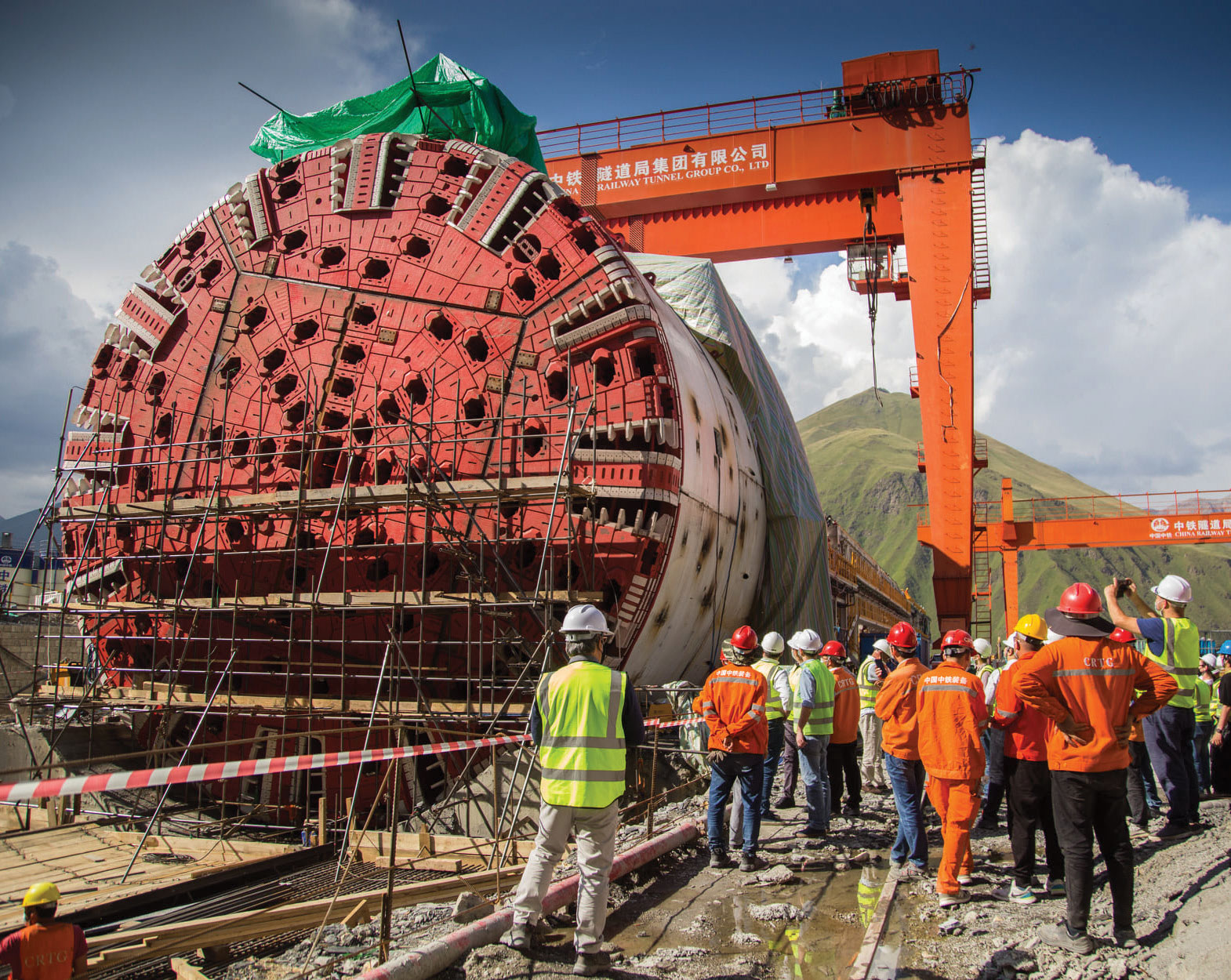
According to the 10-year plan, completion of the construction of all highways in Georgia is planned. In particular, 760 km long highways. 118 km of roads are currently under construction; When will the works on these sections be completed and what are the future plans? Which sections will be prioritized?
In general, the east-west and south-north directions are key for Georgia in terms of road infrastructure. Works on some of the parts have already been launched, other sections will follow gradually and systematically. For example, Samtredia-Grigoleti section, Sagarejo section, Batumi-Sarpi, Red Bridge-Rustavi-Algeti-Sadakhlo. An important section is also Kvesheti-Kobi. Starting works on these sections depends on the budget allocations. The pandemic has led to significant adjustments in this regard. We would have started many projects if it weren’t for a pandemic. However, we remain optimistic.
You are considering investing 31.5 billion GEL for the implementation of the 10-year plan. At what cost will this amount be mobilized? Does it entail credit support from financial institutions?
Of this amount, 17 billion is provided for roads, 9 billion is for the arrangement and rehabilitation of water systems, 4.4 billion is allocated to municipal development, 613 million is for solid waste management. With the practice we have in place, it is not feasible to carry these works out solely with the state budget and without support from the international financial institutions. As of today, more than half of the funding comes from the IFI. We have high hopes for the involvement of international financial institutions in major projects. However, we can clearly observe the readiness from their side. Despite this, there are projects which were implemented fully with state funding. For example, two additional lanes of the Kutaisi bypass road.
Which international organizations would you single out as particularly flexible and comfortable to work with?
We have examples of very successful collaborations with all the international financial institutions we have worked with thus far. Many projects were possible due to their support and coordinated work, such as the Khashuri bypass road, which we opened last year. The same applies to the Japana-Lanchkhuti section. They make coordination calls every two weeks. I find it difficult to single any of them out and thus downplay any of the efforts they have made in favor of Georgia.
During the presentation you talked about the opportunities emerging during the planning of infrastructure projects, among them the new resorts and new ski slopes. Tell us about these new opportunities…
The Ministry of Economy is working intensively on the matters of mountain resorts. There are far-reaching plans. Bakuriani will host international tournaments and Olympics, which is a huge challenge and at the same time an incredible opportunity. In addition, the Kvesheti-Kobi section, as we have already said, has really great potential. When the road infrastructure is fixed, locals, who are now engaged only in agriculture, will see new opportunities to engage in other economic activities.
Discussing the water supply issues persisting throughout the country, including in large cities, is inevitable. For years, we have been hearing that drinking water systems are being rehabilitated in the regions. However, the problem remains unresolved. Rehabilitation works were carried out in many places with the calculations that the population would receive an increased water supply schedule, but to no avail. The reason, even in the audit reports, is the improper and flawed work, handled by the municipality. Where do you see the problem and how do you intend to solve it?
Over the last eight years, more than GEL 1 billion 200 million has been spent on the construction and rehabilitation of water supply systems, resulting in 52% of cities having a 24-hour water supply. Currently, water supply and sewerage projects are underway in 150 locations, including 26 cities. According to the plan, by the end of 2025, all cities will have a 24-hour water supply, and by 2030, the entire population will have access to water quality that is in line with the standards.
In general, water supply and sewerage projects are high-budget and require a lot of time, therefore, we have prepared plans, however, of course, the approved budget for the year eventually becomes the basis for the implementation of these plans.
Finally, you took up the minister’s portfolio in an unplanned manner. As a Minister, what legacy do you want to leave behind for the country and the society?
I have been working in this ministry since 2018. Initially, I was the First Deputy Minister. Consequently, I was actively involved in management along with the team. That’s why this field is not new to me. The 10-year plan is of crucial importance, as it clearly reflects our visions for infrastructurally developed Georgia. I wish everyone to see Georgia in 2030 exactly as it is envisaged in the 10-year plan.
